There are eight active volcanoes on the territory of the reserve, the highest of which is the Kronotskaya Sopka (3,528 meters). One of the symbols of the reserve is the Geysers Valley. It is a canyon with the Geisernaya river flowing through it.
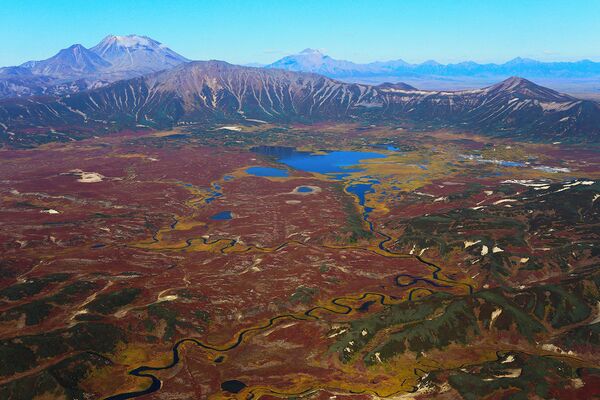
1/15
© Photo : Ministry of Natural Resources and Environment of Russia/ Victor Gumenuk
The reserve has been part of the World Network of Biosphere Reserves since 1984. It became a part of the UNESCO World Natural Heritage site "Volcanoes of Kamchatka" in 1996.
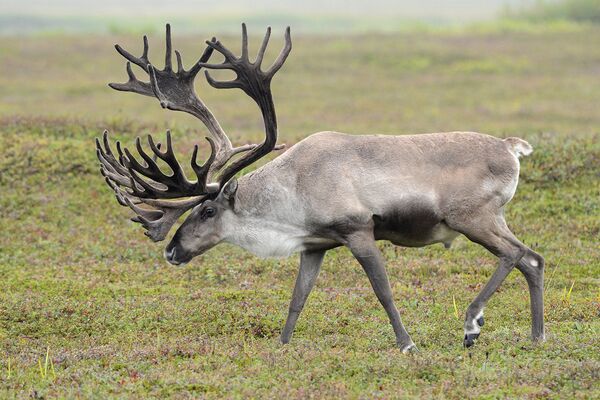
2/15
© Photo : Ministry of Natural Resources and Environment of Russia/ Igor Shpilenok
Rare wild reindeers live on the reserve. However, scientists have sounded the alarm: the population of wild reindeer, recorded in the Red Book of Kamchatka, is steadily shrinking.

3/15
© Photo : Ministry of Natural Resources and Environment of Russia/ Grigoriy Markevich
If you happen to visit the Kronotsky Nature Reserve you would be able to see lynxes in the wild. Due to the special protection regime in the Kronotsky Reserve, the lynxes are not as cautious as in the fishing areas. They are practically unafraid of people and behave quite comfortable.
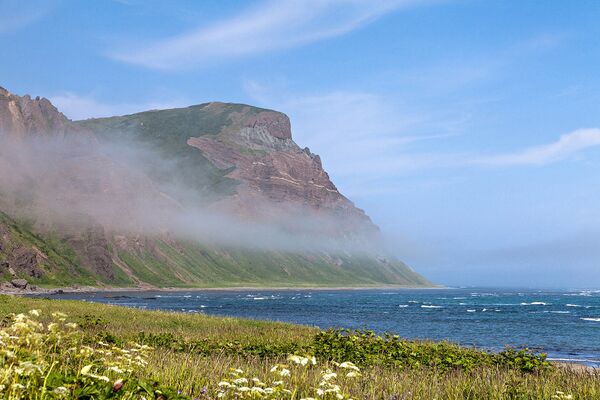
4/15
© Photo : Ministry of Natural Resources and Environment of Russia/ Sergey Krasnoshchekov
Cape Kronotsky is located on the east coast of Kamchatka and is part of the reserve. Once there was a functional lighthouse in this place, but since 2007 it does not work.
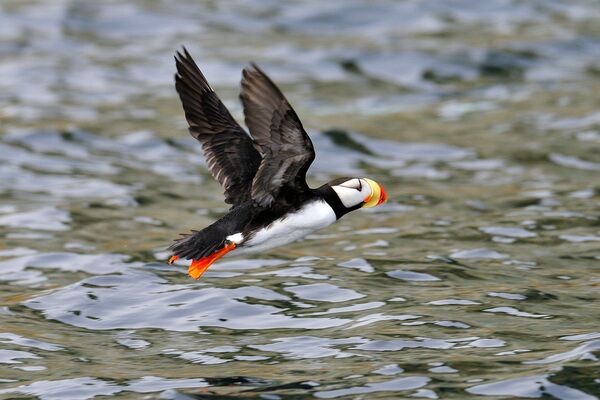
5/15
© Photo : Ministry of Natural Resources and Environment of Russia/ Yuriy Artukhin
Horned puffins, which nest on islands and coastlines of Alaska, also like Kamchatka’s climate. Horned puffins can dive to a depth of 50 meters.

6/15
© Photo : Ministry of Natural Resources and Environment of Russia/ Yuriy Artukhin
The insular seal is the largest of the subspecies of seals. The body length of an adult insular seal reaches two meters. Due to the scarcity this seal species, insular seals are listed in the Red Book.

7/15
© Photo : Ministry of Natural Resources and Environment of Russia/ Igor Shpilenok
A death valley is also located there. In fact, Kamchala’s valley of Death the is just a valley of geysers. But due to a high level of volcanic gases accumulated there, birds and mammal die immedeately after enter the valley.
Natural phenomena like Kamchatka’s Valley of Death are also known in other areas of the world that are distinguished by volcanic activity: for example, near Yellowstone National Park in the USA ("Dead Gorge") and in Java in Indonesia, where there are several valleys of death.
Natural phenomena like Kamchatka’s Valley of Death are also known in other areas of the world that are distinguished by volcanic activity: for example, near Yellowstone National Park in the USA ("Dead Gorge") and in Java in Indonesia, where there are several valleys of death.

8/15
© Photo : Ministry of Natural Resources and Environment of Russia/ Denis Budkov
About a thousand thermal springs, including mud boilers and thermal lakes are located on the territory of the Kronotsky Reserve.
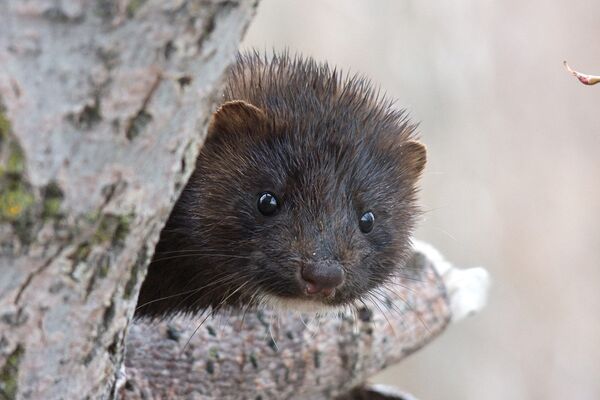
9/15
© Photo : Ministry of Natural Resources and Environment of Russia/ Andrey Gabov
The American minks was first released in Kamchatka in 1960. There are currently only several thousand left in Kamchatka.
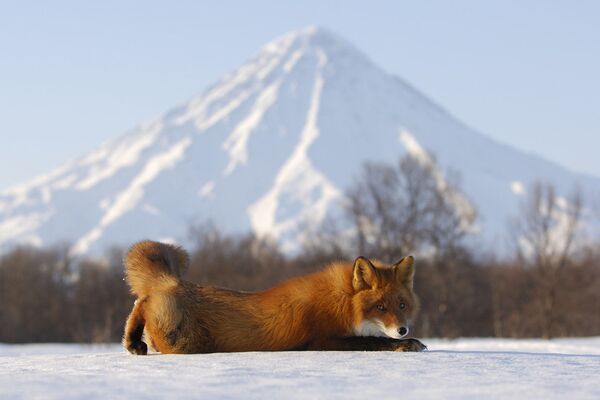
10/15
© Photo : Ministry of Natural Resources and Environment of Russia/ Igor Shpilenok
The Anadyr fox is the biggest and has the brightest fur of the subspecies of foxes.

11/15
© Photo : Ministry of Natural Resources and Environment of Russia/ Igor Shpilenok
Steller's sea eagle mainly eats fish. Its mass reaches nine kilograms. This bird is listed in the Red Book of Russia.

12/15
© Photo : Ministry of Natural Resources and Environment of Russia/ Nikolay Zinoviev
A large number of fish lead to the appearance of brown bears on the lake shores. Tourists can see bears fishing from a specially erected observation tower located in the lake area.

13/15
© Photo : Ministry of Natural Resources and Environment of Russia/ Igor Shpilenok
Sockeye salmon begin to spawn from July until March. Many fishing enthusiasts visit the reserve in this season.
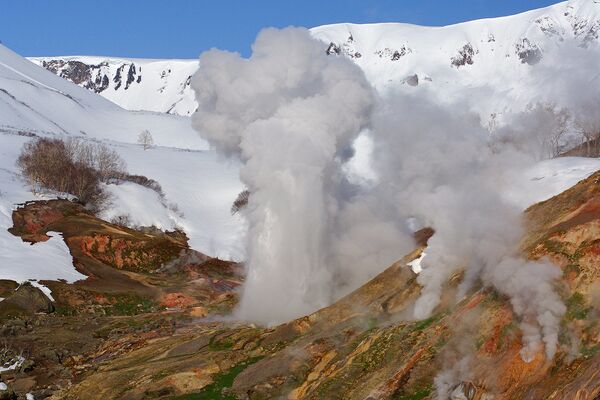
14/15
© Photo : Ministry of Natural Resources and Environment of Russia/ Igor Shpilenok
The fire-breathing hills are a symbol of the Kronotsky Reserve. Of the 25, there are eight active volcanoes.
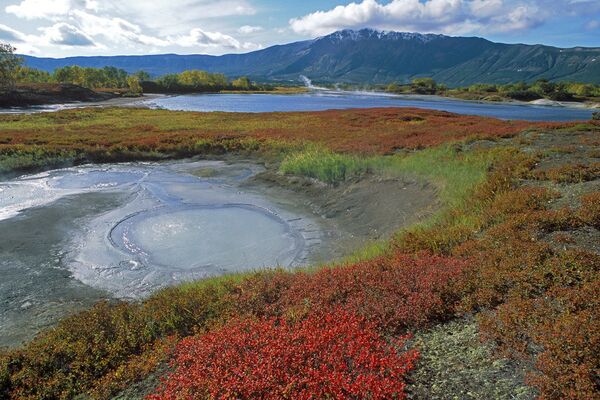
15/15
© Photo : Ministry of Natural Resources and Environment of Russia/ Igor Shpilenok
The caldera of the Uzon volcano is a huge cavity with a diameter of about 10 kilometers. Its area reaches 150 square kilometers.



